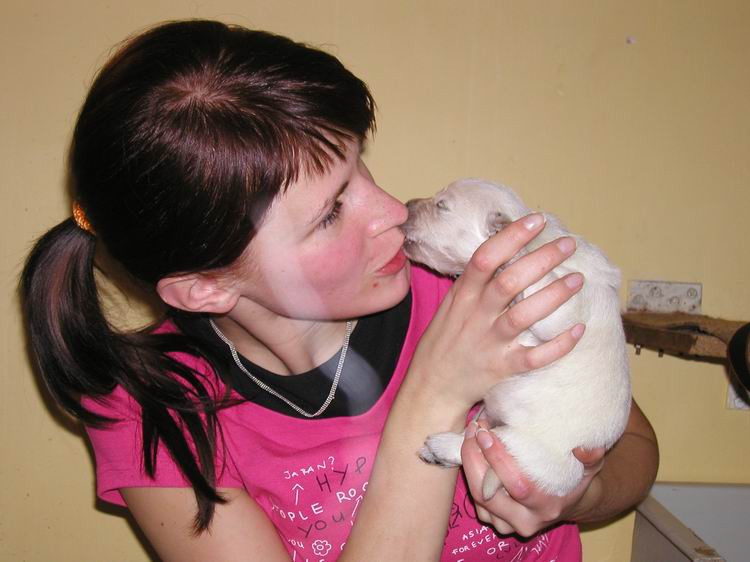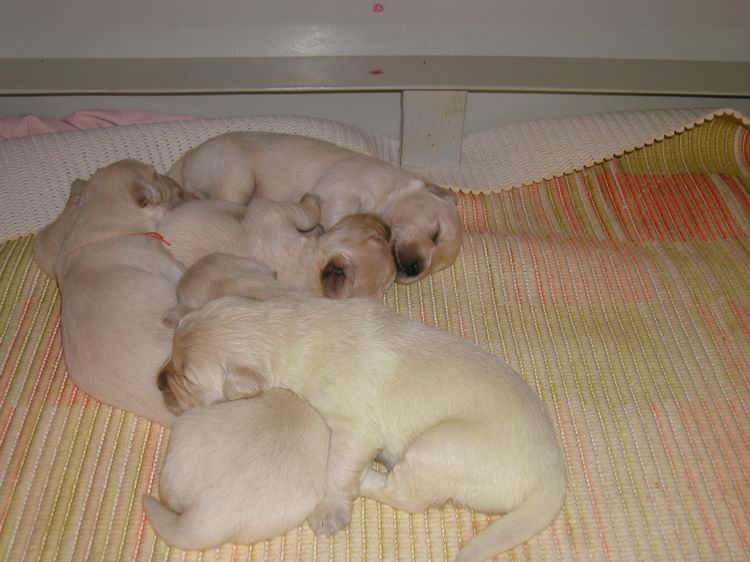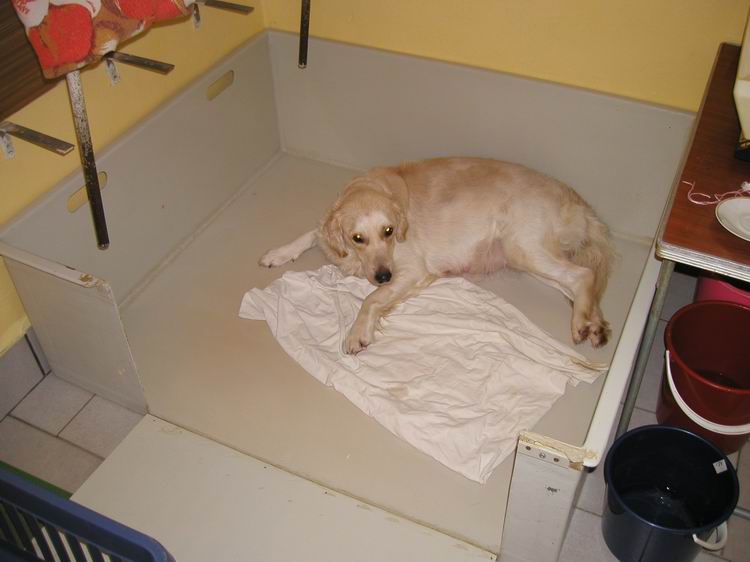How things work?
When our breeding bitch gives birth to her puppies, they stay with her for 8 weeks. During this period we pay close attention to them all – not only are they measured, weighed, observed and vaccinated, they are also handled and lovingly pet. We give them all possible care, because we understand that just like with human babies, whatever we should miss in this period will show up later. This is why we put so much focus on the pre-natal phase of the bitch and the phase immediately after the birth. At the age of eight week, the puppies begin to need something more then just mommy – they need people.
This is when the regularly sold puppies get picked up by their new owners and our – carefully selected few – meet their adoptive family. Puppy raisers follow specific instructions, prepare the dogs for future training and make sure they are well socialized. These volunteers keep our puppies for a year or so, until they are mature enough for intensive training. Then they face a difficult good bye and our young dog goes to another temporary home – he lives for several months with the trainer.
The trainer first needs to find out what it is that motivates this dog: treat, toy, petting, verbal praise? Then he or she works with “what grabs best” and begins to extend the dog’s natural skills and intuition. At some point during training, our dog finally gets to meet his or her new partner. If they “fit well” the specific “on request” training begins. At the end, the dog and the partner go through a period when they have several days to learn how to work together under the instructions of the trainer. The health-impaired person has to gain the respect of the dog and become its real Partner. At completion is a newly formed team, tested in accordance with international rules to prove they can safely navigate their way in public places. Later on, we hold an official graduation where our hero is finally given to the client.
The cooperation of the client and Helping Paws doesn’t end here however. Not only does the client have the possibility of getting advice should there be any problem, but Helping Paws requires the client to stay in touch and report the further development. We also meet at our public presentations or events and several clients have welcomed the opportunity to help us with awareness programs and fundraising.
Our four-legged hero is now working at the side of the client day by day. They usually become a “real team” about a year after getting together. In about the eighth year, our hero will need to retire. It is likely he will stay in the family as a pet. Helping Paws then provides a successor dog as soon as possible.






